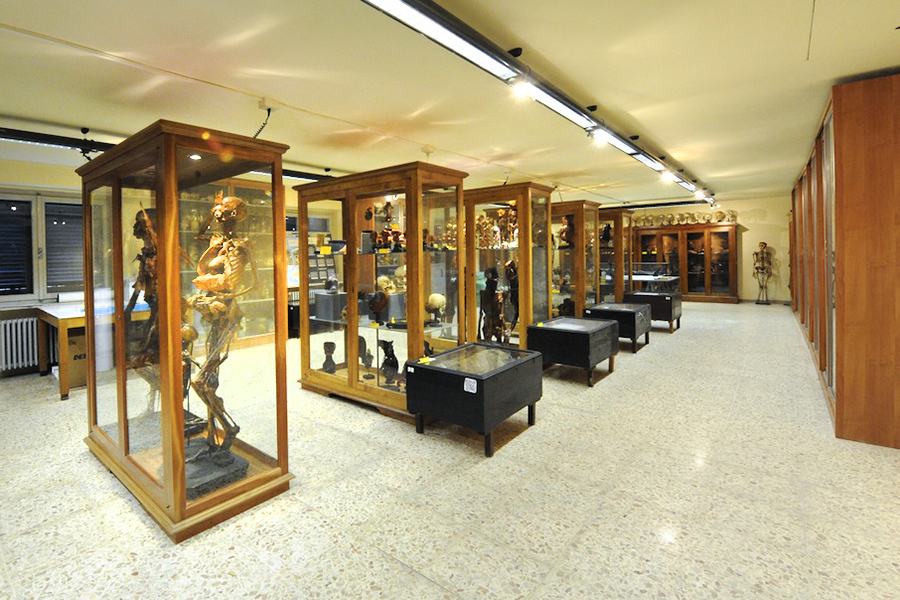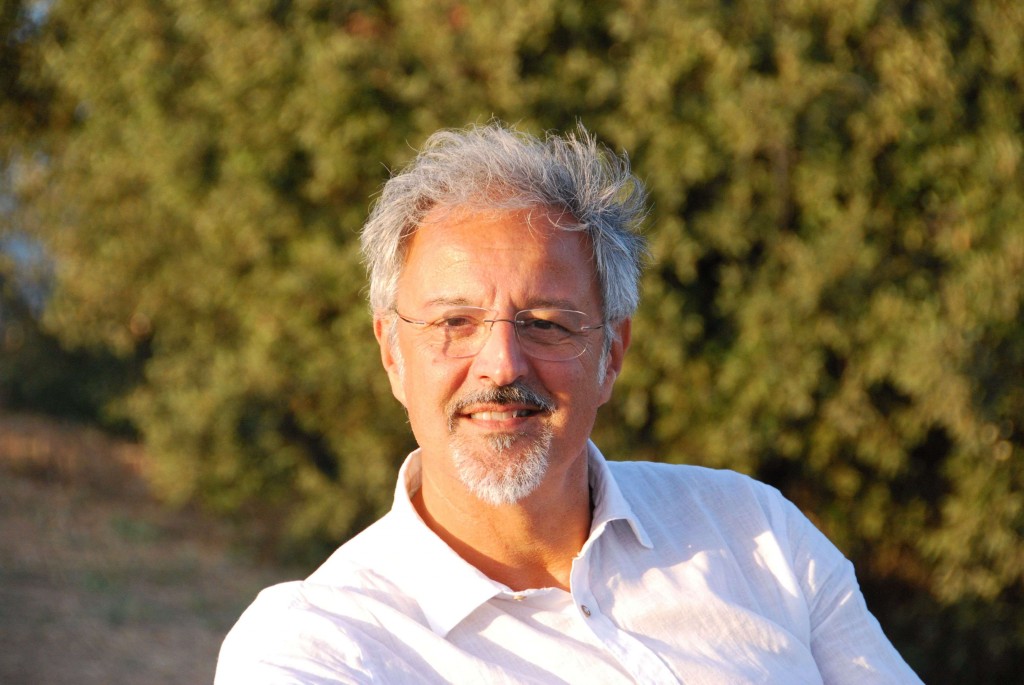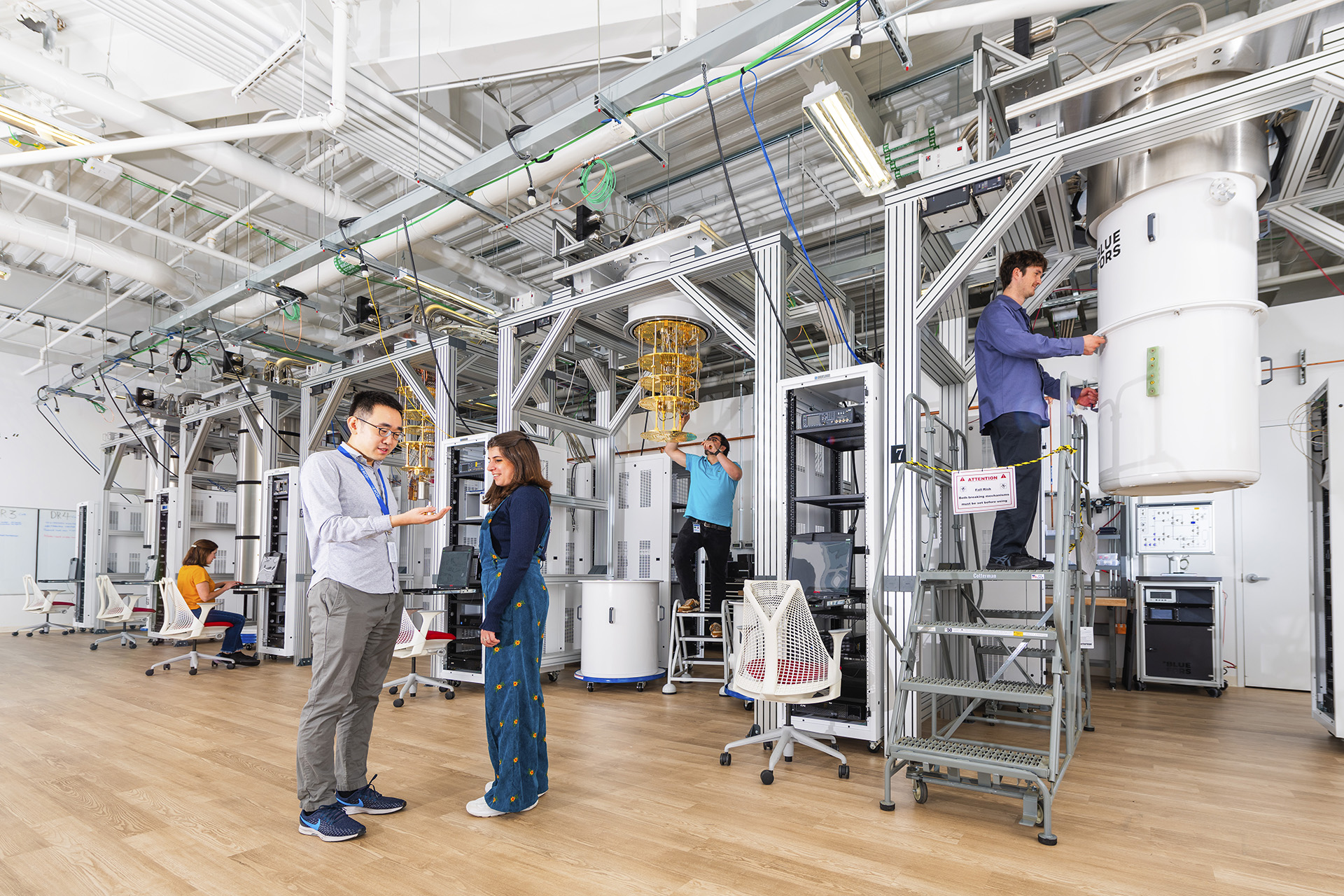The “Filippo Civinini” Museum of Human Anatomy at the University of Pisa has provided several props for the new Rai 1 television drama Costanza, which premiered in prime time on Sunday, March 30. The items include an antique microscope, skulls, skeletons, anatomical specimens, and embryological models. The show’s production also drew inspiration from the University of Pisa’s Medical School to recreate interior settings on set.
Costanza is a four-part Italian TV series based on the novels by Alessia Gazzola. The story follows the protagonist, paleopathologist Costanza Macallè, played by actress Miriam Dalmazio.
The “Filippo Civinini” Museum of Human Anatomy is located at 55 Via Roma, within the Human Anatomy Institute of the Medical School. It houses valuable archaeological collections, including an Egyptian mummy with its sarcophagus, burial objects, and pre-Columbian vases collected by physician and scholar Carlo Regnoli in the second half of the 19th century. The exhibition is further enriched by the Galleria dei Busti, featuring plaster casts of historical anatomists, and the Galleria Mascagni, which displays the anatomical illustrations of Paolo Mascagni (1755–1815).
Pisa was one of the first university cities in Italy to establish an Anatomical School. The teaching of Human Anatomy began in the 16th century, initiated by Cosimo I de’ Medici, who commissioned the construction of an Anatomical Theatre.
The museum was originally set up in the early 1800s by Anatomy professor Tommaso Biancini. From 1834 onward, Filippo Civinini—after whom the museum is named—continued the organization and cataloguing of the collections. He officially inaugurated the museum as the Anatomical Cabinet in preparation for the First Meeting of Italian Scientists, held in Pisa in 1839.
Today, the museum is part of the University of Pisa’s Museum System and is directed by Professor Gianfranco Natale.

![immagine[4]](https://www.unipi.it/wp-content/uploads/immagine4.jpg)


